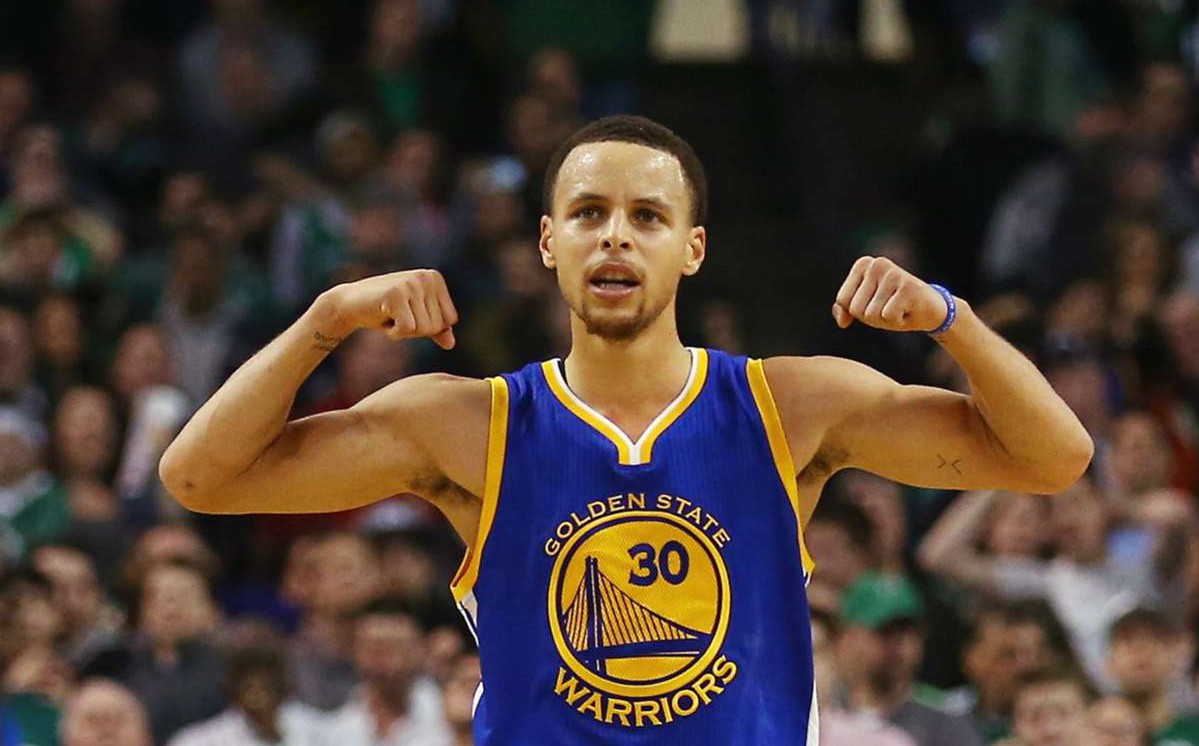I’ve always found the idea of blowouts in NBA DFS so funny. In some cases, we are actively avoiding players who we expect to easily handle their opponent. We want the players we pick to be in good matchups…but not too good. This is something that might be a consideration in other sports, but to nowhere near the degree that it influences our decision-making in NBA DFS.
But the thing about playing NBA DFS in 2015 is that we have the tools to go a little bit deeper than using broad, general information to make decisions. “Blowouts are bad in NBA DFS” – well, yeah, generally they are, but not all the time.
Last year, players who played in a game with a double-digit spread accounted for two of the top three overall scores (Westbrook vs PHI, Boogie vs HOU). And that’s the other thing that’s kind of funny with all this – at what point do we worry about a game becoming a blowout. Is a -9 spread okay, but not -10? What about +11 versus +12? Who really knows?
If you are worried about a game’s blowout potential, I think what we’re really worried about is minutes in the fourth quarter. So which players depend on fourth quarter production the most? It seems like these will be the players most likely to be affected by a game’s blowout potential. Finding out which players play the most fourth quarter minutes is pretty easy to accomplish using custom queries over at stats.nba.com. Here are the players who played the most fourth quarter minutes in games that they started during 2014-2015:
With a few exceptions, these are probably the players most likely to miss out on actual minutes played during blowouts. On the other side of this though, there are several DFS-worthy starters around the league who averaged seven or fewer fourth quarter minutes last season. Here are some noteworthy names:
|
Player |
4th Qtr Mins/Game |
|
G Hill |
6.9 |
|
Antetokounmpo |
6.9 |
|
Drummond |
6.7 |
|
B Lopez |
6.7 |
|
Gobert |
6.7 |
|
K Bryant |
6.5 |
|
B Knight |
6.4 |
|
Whiteside |
6.4 |
|
P Gasol |
5.4 |
When you rostered Pau last year, seeing him sitting on the bench in the fourth quarter was generally a real kick in the pants. But it may have made his value more resilient during blowouts. Last year, Pau finished second in the league to only LaMarcus Aldridge by averaging 11.7 third quarter minutes per game. By the time the midway point of the fourth quarter rolls around and the Bulls are up by 20, Pau has already received his full complement of minutes anyway.
So is there any way to find out which value plays might stand to gain the most from extended garbage time at the end of the game? Frankly, I’m not sure I would recommend this approach. You are betting on a very specific circumstance unfolding and I think true blowouts are harder to predict than most people think. But, if you DO want to give it a try, you could look for bench players who generally get decent run in the fourth quarter. From last season:
But this isn’t a perfect approach. There might be a chance that some of these players get the same end of game rest as the starters since they are technically part of the fourth quarter first unit. So another tool you could use is NBAWowy’s “Units” filter. This shows you which five-player groups have spent the most time on the floor. Here are the Warriors’ most used fourth quarter combinations so far in 2015-2016:
The fourth one down would appear to be the most likely lineup for Golden State to roll out in garbage time. That would make Livingston, Barbosa, and Speights the players most likely to benefit from a true blowout. The other cool thing about this is that it provides another way to try and figure out which starters are going to be the most “blowout-proof.” So even though Andre Iguodala and Harrison Barnes have each logged a bunch of minutes with Curry-Klay-Green-Ezeli, each is also part of the Livingston-Barbosa-Speights group, making their minutes a little bit safer.
“Blowout” often seems like a four-letter word in NBA DFS, but it doesn’t have to be. If you take the time to look into a team’s usage a little bit, you can start to make educated guesses about who will truly lose and gain the most value if the game does get out of hand. I think predicting a blowout is easier said than done, but it certainly helps to consider the range of outcomes.








